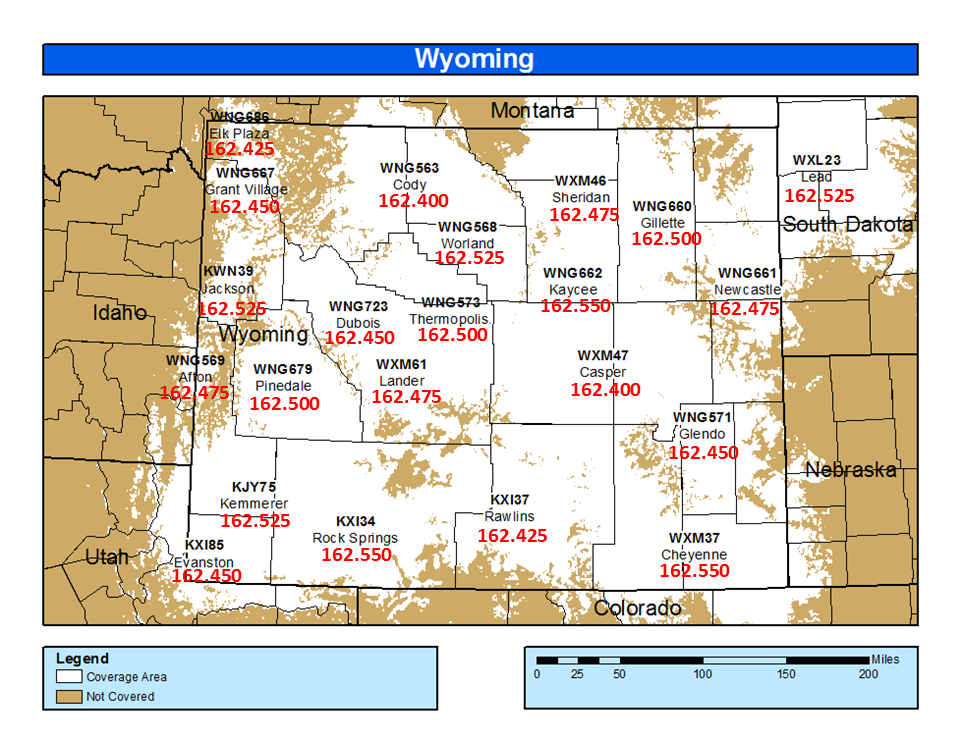NWS Kentucky: Getting Ready For Severe Weather Awareness Week

Table of Contents
Understanding Kentucky's Severe Weather Threats
Kentucky experiences a variety of severe weather, including tornadoes, severe thunderstorms, flash floods, and winter storms. Understanding the specific threats in your area is crucial for effective severe weather preparedness. Knowing what to expect helps you tailor your emergency plan to your specific location and circumstances.
- Tornadoes Kentucky: Kentucky is unfortunately no stranger to tornadoes. Learn to recognize the signs – a dark, greenish sky, large hail, a loud roar – and take immediate shelter. Understanding the difference between a tornado watch (conditions are favorable) and a tornado warning (a tornado has been sighted) is critical.
- Flash Flooding Kentucky: Flash floods can occur rapidly, even in areas not typically prone to flooding. Know your flood risk – are you in a low-lying area, near a river or creek? – and identify evacuation routes. Never attempt to drive through flooded areas; the water may be deeper than it appears.
- Severe Thunderstorms Kentucky: Severe thunderstorms bring damaging winds, large hail, and dangerous lightning. These storms can quickly develop, so staying aware of the forecast is vital. Be prepared for power outages and falling trees.
- Winter Weather Kentucky: While not as frequent as other severe weather events, winter storms in Kentucky can bring significant snowfall, ice, and dangerously cold temperatures. Prepare for power outages and hazardous driving conditions. Have extra blankets, non-perishable food and water on hand.
Building Your Emergency Plan
A well-defined emergency plan is essential for surviving severe weather. This plan should include communication strategies, evacuation routes, and the location of your emergency supplies. Practice your plan with your family so everyone knows what to do in the event of a severe weather emergency.
- Develop a family communication plan: Establish a meeting place outside your home in case you are separated during a severe weather event and an out-of-state contact person who can serve as a central point of contact for family members.
- Assemble an emergency kit: Include at least one gallon of water per person per day for several days, non-perishable food items, essential medications, a first-aid kit, flashlights, batteries, a battery-powered or hand-crank radio (to receive NWS Kentucky alerts), and copies of important documents.
- Identify safe rooms or shelters: For tornadoes, the safest place is typically a basement or an interior room on the lowest level of your home. If you don't have a basement, go to the center of an interior room on the lowest level, away from windows.
- Sign up for weather alerts: The NWS Kentucky offers various ways to receive timely warnings, including smartphone apps, email alerts, and the NOAA Weather Radio. Ensure you're receiving alerts for your specific location.
Utilizing the NWS Kentucky Resources
The NWS Kentucky provides vital weather information and forecasts. Utilizing their resources is key to staying informed and prepared for severe weather.
- Monitor the NWS Kentucky website and social media channels for updates: The official website and social media pages provide up-to-the-minute forecasts, warnings, and advisories.
- Learn how to interpret weather alerts and warnings: Understanding the difference between watches, warnings, and advisories is crucial. A watch means conditions are favorable for severe weather, a warning means severe weather is imminent, and an advisory indicates less severe but still hazardous conditions.
- Utilize the NWS mobile app for real-time alerts and forecasts: The app provides location-specific forecasts, alerts, and radar imagery, putting crucial information right at your fingertips.
Practicing Safety Procedures
Knowing what to do during a severe weather event is critical. Practice safety procedures regularly with your family so everyone is prepared.
- Know the difference between a watch and a warning: A watch means conditions are favorable for severe weather; a warning means severe weather is imminent.
- Have a plan for sheltering in place during a tornado: Go to your designated safe room or shelter immediately upon receiving a tornado warning.
- Never drive through flooded areas: Turn around, don't drown. Flooded roads are extremely dangerous.
- Stay indoors during a thunderstorm and avoid contact with metal objects: Lightning can strike miles from the storm's center.
Conclusion
Severe Weather Awareness Week is a crucial time to review and update your severe weather preparedness plan. By understanding Kentucky's severe weather threats, building a comprehensive emergency plan, utilizing NWS Kentucky resources, and practicing safety procedures, you can significantly reduce your risk and protect yourself and your loved ones. Take action now and become better prepared for severe weather. Visit the NWS Kentucky website for more information on how to prepare for and respond to severe weather events in your community. Remember to stay informed during NWS Kentucky Severe Weather Awareness Week and throughout the year!

Featured Posts
-
 Las Vegas Police Search For Missing British Paralympian
Apr 29, 2025
Las Vegas Police Search For Missing British Paralympian
Apr 29, 2025 -
 Solve The Nyt Spelling Bee February 28 2025 Answers And Pangram
Apr 29, 2025
Solve The Nyt Spelling Bee February 28 2025 Answers And Pangram
Apr 29, 2025 -
 O Rolos Ton Ypologiston Apo Ines Stin Ygeia Toy Mellontos
Apr 29, 2025
O Rolos Ton Ypologiston Apo Ines Stin Ygeia Toy Mellontos
Apr 29, 2025 -
 Where To Invest Mapping The Countrys Top Business Destinations
Apr 29, 2025
Where To Invest Mapping The Countrys Top Business Destinations
Apr 29, 2025 -
 Black Hawk Crash Near Dc Pilot Ignored Instructors Warnings Report Reveals
Apr 29, 2025
Black Hawk Crash Near Dc Pilot Ignored Instructors Warnings Report Reveals
Apr 29, 2025
